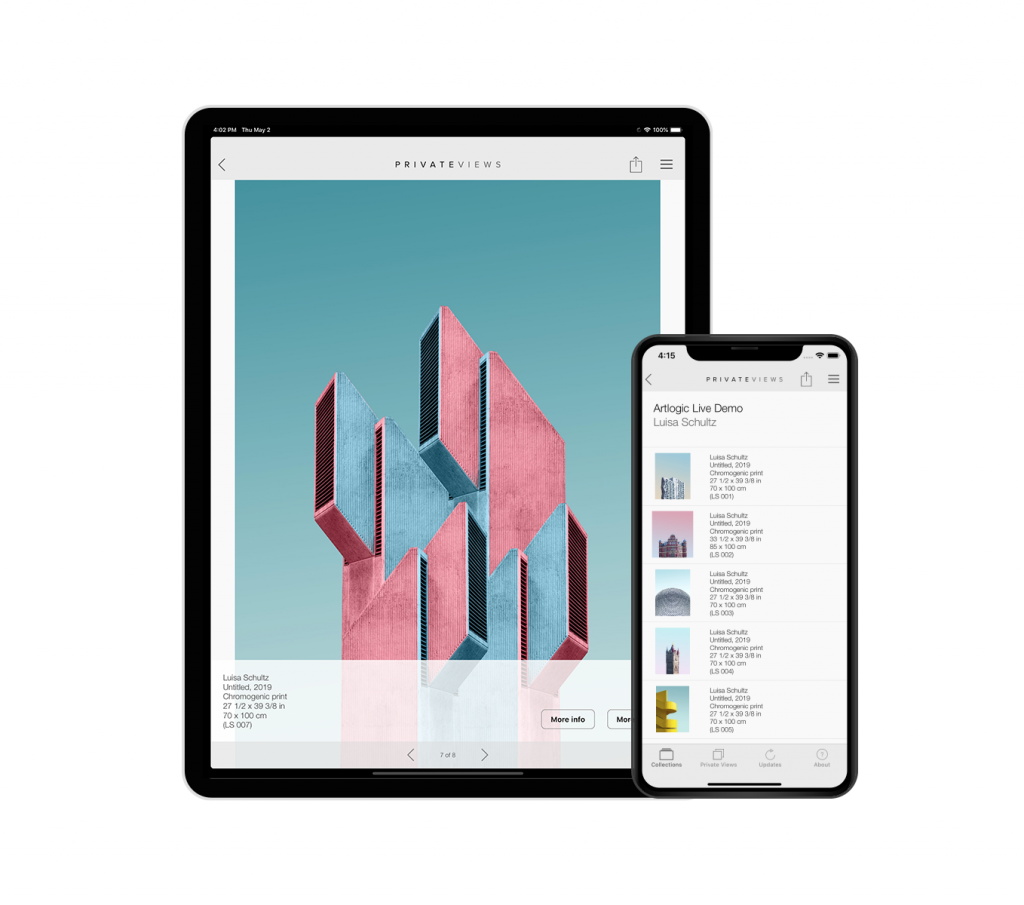Buyer's Guide
How the Pioneering Art World Database Artlogic Is Reinventing Itself Once Again After 30 Years in the Industry
Senior director Joe Elliott shares his recipe for success.

Senior director Joe Elliott shares his recipe for success.

Katie White

When it comes to technology, 30 years is an eternity. Very few companies manage to survive in the industry for a generation; even fewer maintain their cutting-edge status. But Artlogic, an art-world website and database provider founded in 1994, has managed to do both. Just recently, the London-based company launched the highly anticipated Sales Pipeline, a sales management and CRM tool tailored to the fine art market, as well as a PrivateViews feature that integrates sales emails sent from the app into the database.
How has the company managed to survive, let alone thrive, in this competitive climate? Joe Elliott, Artlogic’s senior director and C.C.O., credits a spirit of reinvention along with a willingness to listen to client feedback.
“Countless conversations with many clients has allowed us to develop a product that caters to everyone’s needs regardless of whether you are a one-person band or a large multinational gallery,” said Elliott.
Part of the company’s strength must be credited to its own roots in the art world as well. The company was founded by business partners Peter Chater and David Hooper. Chater was, at that time, a director at London’s Karsten Schubert Gallery, and had grown weary of already outdated analogue processes, including Rolodexes and paper files. Artlogic’s original mission was to bring these systems onto the computer. Flash-forward to 2006 and Artlogic decided to rebuild its database, making it cloud-based, and focused increasingly on streamlining services for galleries by linking together systems for sales, invoices, and inventory.

A look at Artlogic’s new PrivateViews sales feature.
“Having worked for a few different galleries, I quickly realized how chronically far behind the art world was when it came to technology solutions. Frequently, I found myself using four to five different systems, most of which weren’t cloud-based and none of which were integrated with one another. This seemed archaic and nonsensical,” explained Elliott.
As Artlogic developed software that allowed for more streamlined processes, the company responded to a shifting consumer base as well. “Our products were originally best suited to large and mid-sized commercial galleries. However, our goal has always been to provide the very best solutions to the entire art market, this includes artists, collectors, advisors, private dealers, and other art professionals,” Elliott explained.
As Artlogic’s client base grew, so did its team, with new departments that catered to the client’s growing needs. “With a larger client base, you have to start to think differently about how you deliver your services. We needed to provide the same hands-on approach with larger clients using our premium products and a more self-serve method for those using the more affordable solutions,” Elliott said.
The launch of Artlogic’s most recent features, Sales Pipeline and its integration with the PrivateViews app, have given the company a recent uptick in clients (a number of galleries also expanded their online presences during lockdown).
So what are Artlogic’s goals for the next 30 years? Elliott says it is to become so seamlessly integrated into daily functions as to blend into the background.
“Great digital design experiences are often those that you barely notice because everything was where you expected it to be, with no head-scratching required. We pride ourselves on making fine art objects look as magnificent as possible online, regardless of their format,” said Elliott. “We’ve been doing this for a long time. As a result, we know the art market inside and out, we understand its complexities, its ebbs and flows, and its unique challenges.”